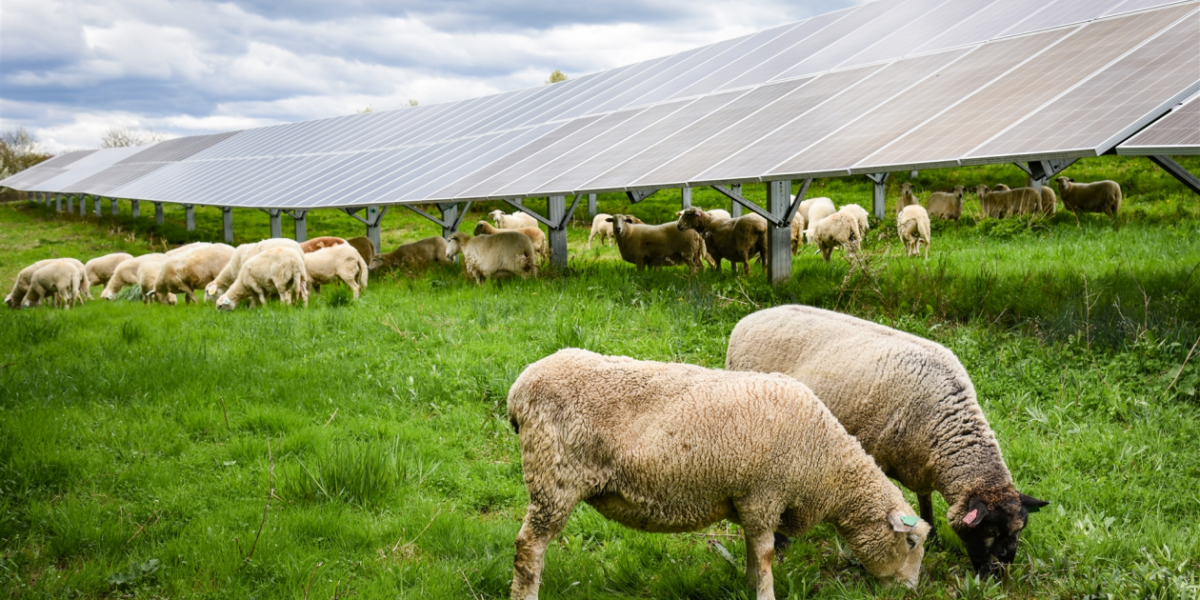From pv magazine USA
Sheep grazers, bee pollinators, solar-tracking hardware vendors, and solar project developers were among the diverse stakeholders represented at the inaugural US agrivoltaics conference last week in Chicago.
The choice of location for Solar Farm Summit 2023, the American heartland, was a focal point of the attendees. Recent policy initiatives promoting active agriculture projects below 10 MW in size include sheep and cow grazing and vegetable and fruit production.
The first Solar Farm Summit, which took place March 14 to 15, drew sheep grazers, seed vendors, and community solar project developers. On the first day of the conference, the summit recorded 460 attendees with printed badges. However, Solar Farm Summit Executive Producer Dan French told pv magazine USA that the real number was likely above 500.
Many of the attendees expressed disbelief that the emerging solar-plus farming niche is really taking off. Large-scale developer Silicon Ranch, based in Nashville, showed its first-mover advantage in using agrivoltaic methods on projects ranging in size from 50 MW to 150 MW and above. But the conference also appeared to draw new entrants to agrivoltaics, such as EDF Renewables and Savion, which have hired agriculture professionals in recent years to branch into the nascent agrivoltaics market.
The utility-scale solar market’s presence at the conference showed the initiative and willingness to promote sustainable farming methods and use agrivoltaics technologies like sheep grazing in large PV development.
To continue reading, please visit our pv magazine USA website.
This content is protected by copyright and may not be reused. If you want to cooperate with us and would like to reuse some of our content, please contact: editors@pv-magazine.com.




2 comments
By submitting this form you agree to pv magazine using your data for the purposes of publishing your comment.
Your personal data will only be disclosed or otherwise transmitted to third parties for the purposes of spam filtering or if this is necessary for technical maintenance of the website. Any other transfer to third parties will not take place unless this is justified on the basis of applicable data protection regulations or if pv magazine is legally obliged to do so.
You may revoke this consent at any time with effect for the future, in which case your personal data will be deleted immediately. Otherwise, your data will be deleted if pv magazine has processed your request or the purpose of data storage is fulfilled.
Further information on data privacy can be found in our Data Protection Policy.